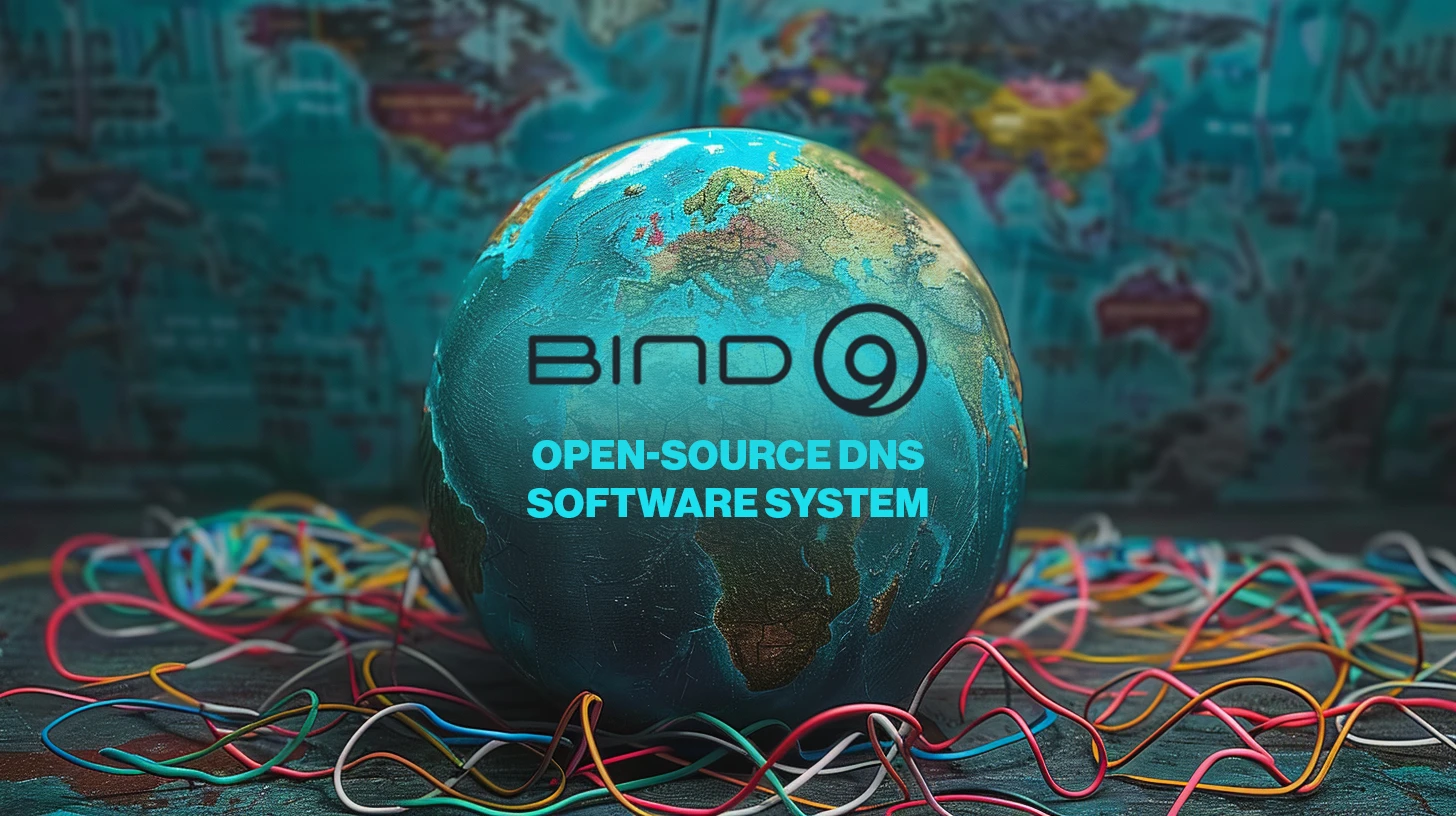A high-severity vulnerability (CVE-2025-40778) affecting BIND 9 DNS resolvers could be leveraged by remote, unauthenticated attackers to manipulate DNS entries via cache poisoning, allowing them to redirect Internet traffic to…
Blog
-
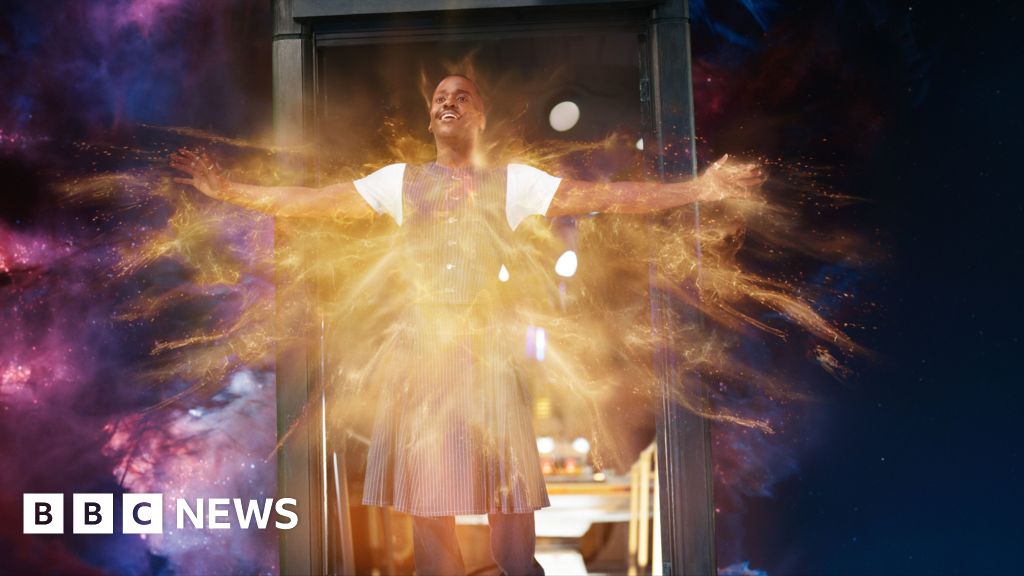
Doctor Who 2026 Christmas special confirmed by BBC
Doctor Who will return with a Christmas special next year, written by showrunner Russell T Davies, the BBC has confirmed.
In an announcement on Tuesday, the corporation also said it would no longer be partnering with Disney+ – the home of the…
Continue Reading
-

Newly trained navigation and verbal memory skills in humans elicit changes in task-related networks but not brain structure
Improvements in the learning rate of the Verbal Memory Transfer task, but not the Navigation Transfer task, were found to correlate with lateral hippocampal volume but not with anterior and posterior hippocampus (using average volume between pre and post-test).
Consistent findings were obtained when analyzing hemispheric hippocampal volumes (see MTL subregions and either the average number Appendix 3—figure 3). Specifically, a significant positive correlation was observed between the learning rate in the Verbal Memory group and both left hippocampal volume (r(23) = 0.568, p-FDR=.014) and right hippocampal volume (r(23) = 0.601, p-FDR=.007), while no significant correlations were found for the Navigation (left: r(25) = 0.038, p-FDR=0.858; right: r(25) = 0.008, p-FDR=0.970) or Video Control group (left: r(19) = –0.123, p-FDR=0.858; right: r(19) = –0.163, p=0.758), after controlling for sex and site as covariates. Fisher’s z-tests revealed that the positive correlation in the Verbal Memory group was significantly stronger than that in the Navigation group even after controlling for sex and site (left hippocampus: Z=1.942, p-FDR=0.039; right hippocampus: Z=2.326, p-FDR=0.015) and Video Control group (left hippocampus: Z=2.234, p-FDR=0.038; right hippocampus: Z=2.702, p-FDR=0.010) while no significant difference was observed between the Navigation group and Video Control group (left hippocampus: Z=–0.439, p=0.669; right hippocampus: Z=–0.553, p-FDR=0.710).
An analysis was conducted to assess the correlation between anterior and posterior hippocampal volumes and changes in learning rate on the verbal memory transfer task. However, the improvement in learning rate demonstrated no significant correlation with either anterior or posterior hippocampal volume in any of the three groups (ps >0.232, Appendix 2—table 4). This lack of correlation remained consistent after accounting for the influence of sex and site as covariates (ps >0.114).
We also correlated hippocampal volume and MTL subregions with the change in the average number of words recalled, number of trials to criterion, and slope from linear regression (see Appendix 1) between the post-test and pre-test for the verbal memory transfer task. The analysis revealed no significant correlations between hippocampal volume or MTL subregions and either the average number of words recalled or the number of trials to criterion (Appendix 2—tables 6 and 7), regardless of whether sex and site were included as covariates. However, when correlating slope with hippocampal volume, a positive correlation was found for the Verbal Memory group (total hippocampal volume: r=0.552, p=0.006; left hippocampus: r=0.502, p=0.015;right hippocampus: r=0.561, p=0.005, Appendix 2—table 8), however, no such correlation was found for the Navigation group (total hippocampus: r=0.094, p=0.656; left hippocampus: r=0.114, p=0.586; right hippocampus: r=0.073, p=0.727) and Video Control (total hippocampus: r=–0.239, p=0.325; left hippocampus: r=–0.217, p=0.372; right hippocampus: r=–0.238, p=0.326) even after controlling for sex and site as covariates.
We also correlated hippocampal volume with the change in learning rate from the post-test and pre-test for the navigation transfer task. No significant correlations were found between total hippocampal volume and changes in learning rate in any of the three conditions (Navigation: r(25) = –0.27, p=0.181; Verbal Memory: r(24) = –0.31, p=0.129; Video Control: r(17) = 0.124, p=0.612), regardless of whether sex and site were included as covariates. Similar no significant correlations were observed for both left hippocampal volume (Navigation: r(25) = –0.25, p=0.214; Verbal Memory: r(24) = –0.29, p=0.160; Video Control: r(17) = 0.25, p=0.310) and right hippocampal volume (Navigation: r(25) = –0.27, p=0.167; Verbal Memory: r(24) = –0.302, p=0.142; Video Control: r(17) = –0.018, p=0.940), regardless of whether sex and site were included as covariates. We also did not find any significant correlations when examining hippocampal subfields or surrounding MTL subregions (p’s>0.20, Appendix 2—table 5).
The relationship between total hippocampal volume, MTL subregion volumes, and changes in performance on the navigation transfer task was assessed through correlational analyses, focusing on path error, overall pointing error, between-environment pointing error, within-environment pointing error, and map accuracy. These analyses demonstrated a lack of significant associations between hippocampal volume and MTL subregions and any of the behavioral metrics under consideration (Appendix 2—table 9, Appendix 2—tables 10–13), regardless of the inclusion of sex and site as covariates.
Improvements in the learning rate of the Verbal Memory Transfer task, but not the Navigation Transfer task, were found to correlate with both total hippocampal volume and the volume of the CA2/3/DG subfield (using volume data only from the pre-test). We examined the hypothesis that baseline hippocampal volume might be associated with either verbal or navigation performance. For this analysis, we utilized the hippocampal volume (or subfield volume) obtained for each participant at pre-test, rather than averaging volumes across pre and post-test. We then assessed the relationship between hippocampal volumes at pre-test and the change in learning rate from pre-test to post-test for both the Verbal Memory transfer task and the Navigation Transfer task.
We found a marginal correlation in the verbal memory training group between the pre-test total hippocampal volume and the observed improvement in verbal memory performance from pre- to post-test (r(23) = 0.352, p=0.084). Further analysis accounting for sex and site as covariates revealed a significant positive correlation between total hippocampal volume and the learning rate in the Verbal Memory condition (r(23) = 0.545, p=0.007). This effect was specific to the verbal memory training; no significant correlation was identified for either the Navigation condition (r(25) = 0.072, p=.721) or the Video condition (r(19) = –0.209, pP=0.362); the same result was observed when controlling for covariates (Navigation condition: r(25) = 0.082, p=0.695; Video condition: r(19) = –0.144, p=0.555). Consistent findings were obtained when analyzing hemispheric hippocampal volumes. Specifically, a significant positive correlation was observed between the learning rate in the Verbal Memory condition and both left hippocampal volume (r(23) = 0.504, p=0.014) and right hippocampal volume (r(23) = 0.545, p=0.007), while no significant correlations were found for the Navigation condition (left: r(25) = 0.122, p=0.561; right: r(25) = 0.045, p=0.832) or Video Control condition (left: r(19) = –0.084, p=0.734; right: r(19) = –0.187, p=0.444), after controlling for sex and site as covariates.
We further examined the correlation between CA23DG volume and learning rate change. The CA23DG subfield showed a positive correlation with the change in learning rate from pre to post-test in the verbal memory transfer task of the Verbal Memory condition (r(23) = 0.504, p=0.01), suggesting that individuals in the Verbal Memory condition with larger CA23DG volumes exhibited greater improvements in memory performance from pre- to post-test. This correlation persisted even after controlling for sex and site as covariates (r(23) = 0.439, p=0.036). No significant correlations were observed for the CA23DG subfield in the Navigation (r(25) = 0.007, p=0.972) or Video Control conditions (r(19) = –0.05, p=0.828), regardless of whether sex and site were included as covariates.
Fisher’s z-tests revealed that the positive correlation in the Verbal Memory condition was significantly stronger than that in the Navigation even after controlling for sex and site (total hippocampus: Z=1.793, p=0.037; left hippocampus: Z=1.464, p=0.072; right hippocampus: Z=1.919, p=0.027; CA23DG: Z=1.687, p=0.046) and Video conditions (total hippocampus: Z=2.382, p=0.009; left hippocampus: Z=2.009, p=0.022; right hippocampus: Z=2.518, p=0.006; CA23DG: Z=1.766, p=0.038), while no significant difference was observed between the Navigation and Video Control conditions (total hippocampus: Z=–0.731, p=0.768; left hippocampus: Z=–0.662, p=0.746; right hippocampus: Z=–0.750, p=0.773; CA23DG: Z=–0.214, p=0.585).
Improvements in the learning rate of the Verbal Memory Transfer task, but not the Navigation Transfer task, were found to correlate with both total hippocampal volume and the volume of the CA2/3/DG subfield (using volume data only from the post-test). We examined the hypothesis that baseline hippocampal volume may be associated with either verbal or navigation performance. For this analysis, we utilized the hippocampal volume (or subfield volume) obtained for each participant at post-test, rather than averaging volumes across pre-test and post-test. We then assessed the relationship between hippocampal volumes at post-test and the change in learning rate from pre-test to post-test for both the Verbal Memory transfer task and the Navigation transfer task.
We found a marginal correlation in the verbal memory training group between the post-test total hippocampal volume and the observed improvement in verbal memory performance from pre- to post-test (r(23) = 0.360, p=0.078). Further analysis accounting for sex and site as covariates revealed a significant positive correlation between total hippocampal volume and the learning rate in the Verbal Memory condition (r(23) = 0.623, p=0.001). This effect was specific to the verbal memory training; no significant correlation was identified for either the Navigation condition (r(25) = –0.009, p=0.965) or the Video Control condition (r(19) = –0.178, p=0.439); the same was true when controlling for covariates (Navigation condition: r(25) = 0.000, p=0.999; Video Control condition r(18) = –0.083, p=0.736). Consistent findings were obtained when analyzing hippocampal volumes by hemisphere. Specifically, a significant positive correlation was observed between the learning rate in the Verbal Memory condition and both left hippocampal volume (r(23) = 0.597, p=0.003) and right hippocampal volume (r(23) = 0.594, p=0.003), while no significant correlations were found for the Navigation (left: r(25) = 0.026, p=0.901; right: r(24) = –0.023, p=0.912) or Video Control conditions (left: r(19) = –0.036, p=0.883; right: r(18) = –0.109, p=0.656), after controlling for sex and site as covariates.
We further examined the correlation between CA23DG volume and learning rate change. The CA23DG subfield showed a positive correlation with the change in learning rate from pre to post-test in the verbal memory transfer task of the Verbal Memory condition (r(23) = 0.545, p=0.005), suggesting that individuals in the Verbal Memory condition with larger CA23DG volumes exhibited greater improvement in memory performance from pre to post-test. This correlation persisted even after controlling for sex and site as covariates (r(23) = 0.537, p=0.008). No significant correlations were observed for the CA23DG subfield in the Navigation (r(25) = –0.027, p=0.894) or Video Control conditions (r(19) = –0.110, p=0.634), regardless of whether sex and site were included as covariates.
Fisher’s z-tests revealed that the positive correlation in the Verbal Memory condition was significantly stronger than that in the Navigation group even after controlling for sex and site (total hippocampus: Z=2.473, p=0.007; left hippocampus: Z=2.243, p=0.012; right hippocampus: Z=2.398, p=0.008; CA23DG: Z=2.209, p=0.014) and the Video Control condition (total hippocampus: Z=2.558, p=0.005; left hippocampus: Z=2.280, p=0.011; right hippocampus: Z=2.498, p=0.006; CA23DG: Z=2.337, p=0.014), while no significant difference was observed between the Navigation and the Video conditions (total hippocampus: Z=–0.266, p=0.605; left hippocampus: Z=–0.2, p=0.841; right hippocampus: Z=–0.276, p=0.609; CA23DG: Z=–0.291, p=0.615).
Continue Reading
-

Deep3DSIM: Super-resolution imaging of thick tissue using 3D structured illumination with adaptive optics
We have demonstrated that the design of Deep3DSIM, a prototype upright super-resolution microscope with integrated AO, enables effective 3D super-resolution imaging within thick complex tissues to a depth of at least 130 µm. Its modular…
Continue Reading
-
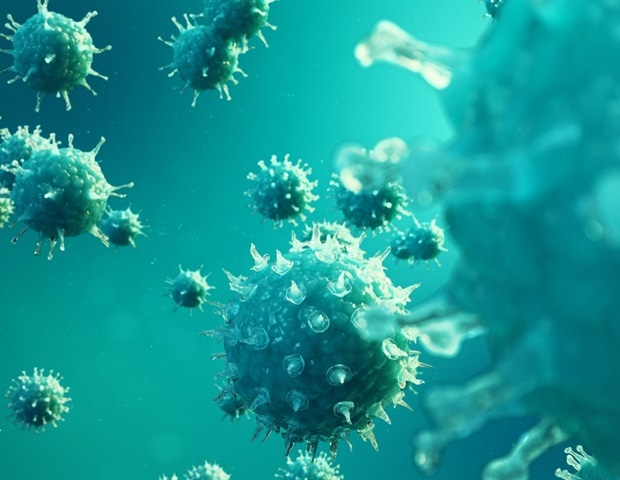
Newly discovered perineural pathway enables HIV virus to redistribute throughout the body
Addressing the question of whether and how immune cells (macrophages) in the central nervous system (CNS) traffic out, researchers have now identified a perineural pathway through which the HIV virus can redistribute throughout the…
Continue Reading
-

How AI and sand dunes on Mars can reveal the planet’s history, one grain at a time
An innovative technique for measuring the force acting on individual grains of sand could help scientists uncover how winds have shaped the surface of Mars.
The method, developed by researchers at the State University of Campinas in Brazil, uses…
Continue Reading
-
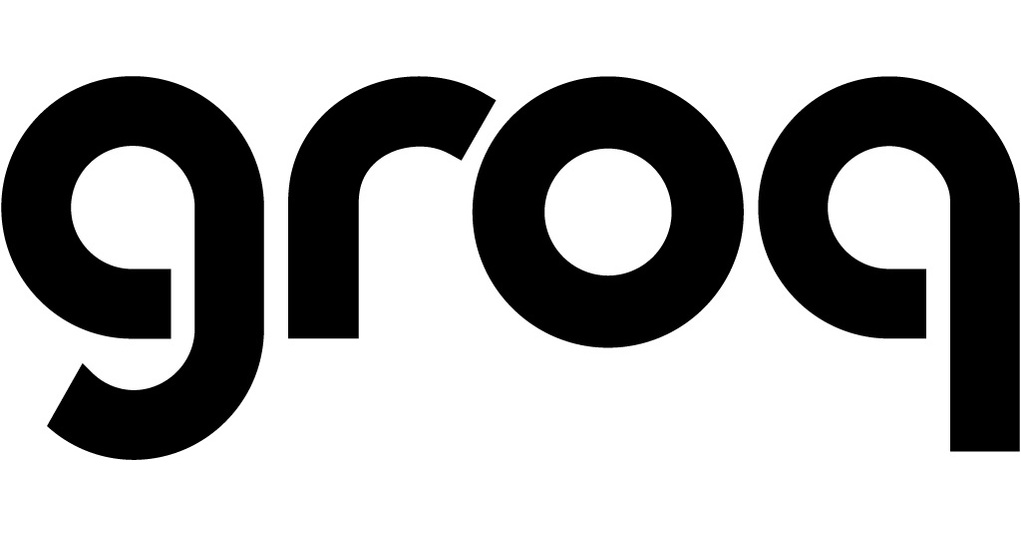
Groq Powers HUMAIN One, a Real-Time AI Operating System for Enterprise
Groq’s low latency inference enables HUMAIN to deliver natural, voice-driven computing at scale.
MOUNTAIN VIEW, Calif., Oct. 28, 2025 /PRNewswire/ — Groq, the leader in AI…
Continue Reading
-
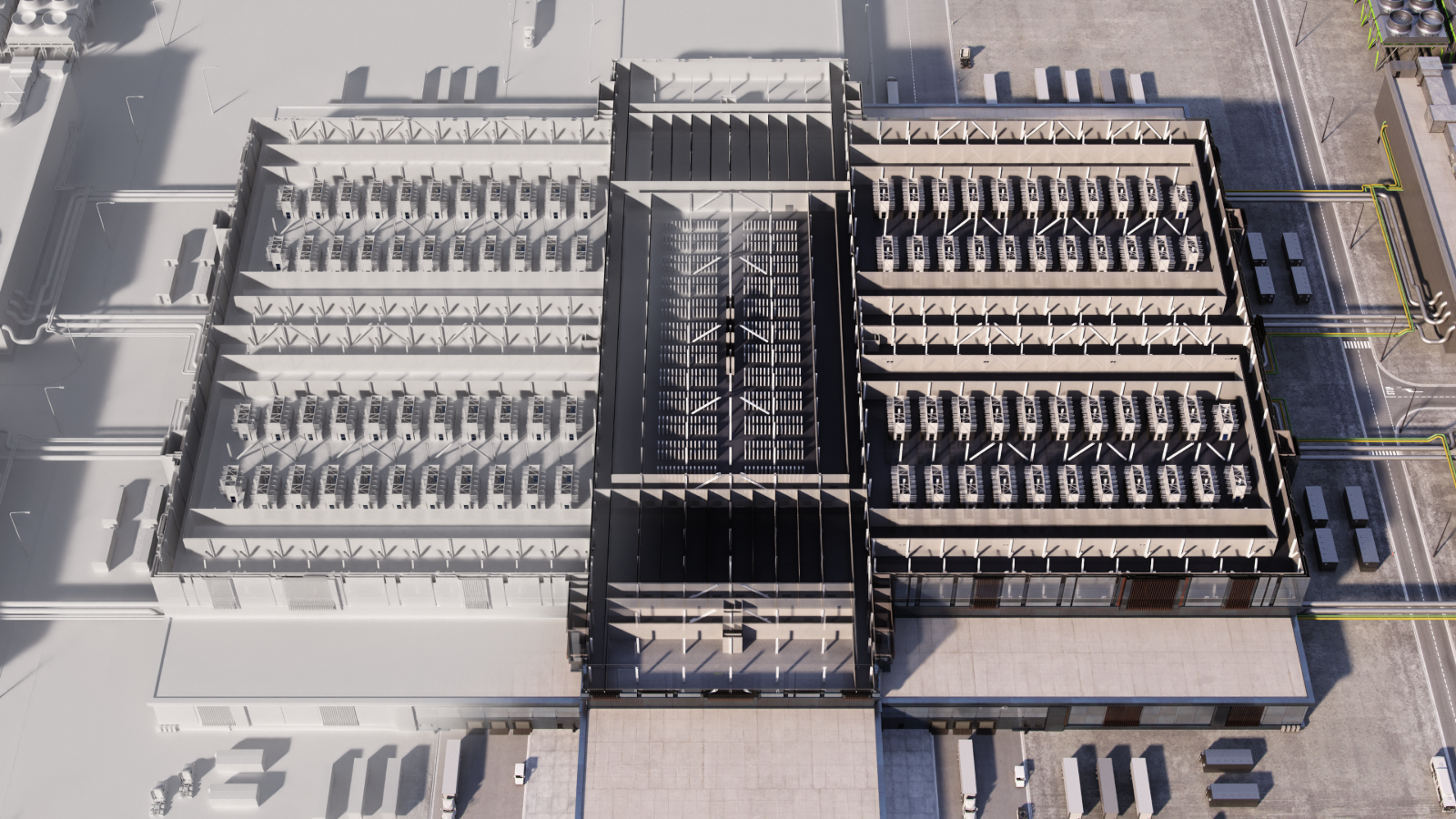
NVIDIA and Partners Build America’s AI Infrastructure and Create Blueprint to Power the Next Industrial Revolution
US Government Labs and Nation’s Leading Companies Investing in Advanced AI Infrastructure to Power AI Factories and Accelerate US AI Development
News Summary
- Seven new systems across Argonne and Los Alamos National Laboratories to be released, accelerating the Department of Energy’s mission of driving technological leadership across U.S. security, science and energy applications.
- NVIDIA AI Factory Research Center in Virginia to host the first Vera Rubin infrastructure and lay the groundwork for NVIDIA Omniverse DSX, a blueprint for multi‑generation, gigawatt‑scale build‑outs using NVIDIA Omniverse libraries.
- Leading U.S. companies across server makers, cloud service providers, model builders, technology suppliers and enterprises are investing in advanced AI infrastructure.
GTC Washington, D.C. — NVIDIA today announced that it is working with the U.S. Department of Energy’s national labs and the nation’s leading companies to build America’s AI infrastructure to support scientific discovery, economic growth and power the next industrial revolution.
“We are at the dawn of the AI industrial revolution that will define the future of every industry and nation,” said Jensen Huang, founder and CEO of NVIDIA. “It is imperative that America lead the race to the future — this is our generation’s Apollo moment. The next wave of inventions, discoveries and progress will be determined by our nation’s ability to scale AI infrastructure. Together with our partners, we are building the most advanced AI infrastructure ever created, ensuring that America has the foundation for a prosperous future, and that the world’s AI runs on American innovation, openness and collaboration, for the benefit of all.”
NVIDIA AI Advances Scientific Research at National Labs
NVIDIA is accelerating seven new systems by providing the AI infrastructure to drive scientific research and innovation at two U.S. Department of Energy (DOE) facilities — Argonne National Laboratory and Los Alamos National Laboratory (LANL).NVIDIA is collaborating with Oracle and the DOE to build the U.S. Department of Energy’s largest AI supercomputer for scientific discovery. The Solstice system will feature a record-breaking 100,000 NVIDIA Blackwell GPUs and support the DOE’s mission of developing AI capabilities to drive technological leadership across U.S. security, science and energy applications.
Another system, Equinox, will include 10,000 NVIDIA Blackwell GPUs expected to be available in 2026. Both systems will be located at Argonne, and will be interconnected by NVIDIA networking and deliver a combined 2,200 exaflops of AI performance.
Argonne is also unveiling three powerful NVIDIA-based systems — Tara, Minerva and Janus — set to expand access to AI-driven computing for researchers across the country. Together, these systems will enable scientists and engineers to revolutionize scientific discovery and boost productivity.
“Argonne’s collaboration with NVIDIA and Oracle represents a pivotal step in advancing the nation’s AI and computing infrastructure,” said Paul K. Kearns, director of Argonne National Laboratory. “Through this partnership, we’re building platforms that redefine performance, scalability and scientific potential. Together, we are shaping the foundation for the next generation of computing that will power discovery for decades to come.”
LANL, based in New Mexico, announced the selection of the NVIDIA Vera Rubin platform and the NVIDIA Quantum‑X800 InfiniBand networking fabric for its next-generation Mission and Vision systems, to be built and delivered by HPE. The Vision system builds on the achievements of LANL’s Venado supercomputer, built for unclassified research. Mission is the fifth Advanced Technology System (ATS5) in the National Nuclear Security Administration’s Advanced Simulation and Computing program, which LANL supports, and is expected to be operational in late 2027 and designed to run classified applications.
The Vera Rubin platform will deliver advanced accelerated computing capabilities for these systems, enabling researchers to process and analyze vast datasets at unprecedented speed and scale. Paired with the Quantum‑X800 InfiniBand fabric, which delivers high network bandwidth with ultralow latency, the platform enables scientists to run complex simulations to advance areas spanning materials science, climate modeling and quantum computing research.
“Our integration of the NVIDIA Vera Rubin platform and Quantum X800 InfiniBand fabric represents a transformative advancement of our lab — harnessing this level of computational performance is essential to tackling some of the most complex scientific and national security challenges,” said Thom Mason, director of Los Alamos National Laboratory. “Our work with NVIDIA helps us remain at the forefront of innovation, driving discoveries to strengthen the resilience of our critical infrastructure.”
NVIDIA AI Factory Research Center and Gigascale AI Factory Blueprint
NVIDIA also announced the build-out of an AI Factory Research Center at Digital Realty in Virginia. This facility, powered by the NVIDIA Vera Rubin platform, will accelerate breakthroughs in generative AI, scientific computing and advanced manufacturing and serve as a foundation for pioneering research in digital twins and large‑scale simulation.The center lays the groundwork for NVIDIA Omniverse DSX — a blueprint for multi‑generation, gigawatt‑scale build‑outs using NVIDIA Omniverse™ libraries — that will set a new standard of excellence for AI infrastructure. By integrating virtual and physical systems, NVIDIA is creating a scalable model for building intelligent facilities that continuously optimize for performance, energy efficiency and sustainability.
With this new center, NVIDIA and its partners are collaborating to develop Omniverse DSX, which will integrate autonomous control systems and modular infrastructure to power the next generation of AI factories. NVIDIA is collaborating with companies to enable the gigawatt-scale rollout of hyperscale AI infrastructure:
- Engineering and construction partners Bechtel and Jacobs are working with NVIDIA to integrate advanced digital twins into validated designs across complex architectural, power, mechanical and electrical systems.
- Power, cooling and energy equipment partners including Eaton, GE Vernova, Hitachi, Mitsubishi Electric, Schneider Electric, Siemens, Siemens Energy, Tesla, Trane and Vertiv are contributing to the center. Power and system modeling enable AI factories to dynamically interact with utility networks at gigawatt scale. Liquid-cooling, rectification and power-conversion systems optimized for NVIDIA Grace Blackwell and Vera Rubin platforms are also modeled in the earlier NVIDIA Omniverse Blueprint for AI factory digital twins.
- Software and agentic AI solutions providers including Cadence, Emerald AI, Phaidra, PTC, Schneider Electric ETAP, Siemens and Switch have built digital twin solutions to model and optimize AI factory lifecycles, from design to operation. AI agents continuously optimize power, cooling and workloads, turning the NVIDIA Omniverse DSX blueprint for AI factory digital twins into a self-learning system that boosts grid flexibility, resilience and energy efficiency.
Building the Next Wave of US Infrastructure
Leading U.S. companies across server makers, cloud service providers, model builders, technology suppliers and enterprises are investing in advanced AI infrastructure to power AI factories and accelerate U.S. AI development.System makers Cisco, Dell Technologies, HPE and Supermicro are collaborating with NVIDIA to build secure, scalable AI infrastructure by integrating NVIDIA GPUs and AI software into their full-stack systems. This includes the newly announced NVIDIA AI Factory for Government reference design, which will accelerate AI deployments for the public sector and highly regulated industries.
In addition, Cisco is launching the new Nexus N9100 switch series powered by NVIDIA Spectrum-X™ Ethernet switch silicon. The switches’ integration with the existing Cisco Nexus management framework will allow customers to seamlessly deploy and manage the new high-speed NVIDIA-powered fabrics using the same trusted tools and operational models they already rely on.
Cisco will now offer an NVIDIA Cloud Partner-compliant AI factory with the Cisco Cloud reference architecture based on this switch. The N9100 Series switches will be orderable before the end of the year.
Leading Cloud Providers and Model Builders Accelerate AI
Cloud providers and model builders are continuing to invest in AI infrastructure to create a diverse ecosystem for AI innovation, ensuring the U.S. remains at the forefront of AI advancements and their practical applications across industries globally.The following companies are expanding their commitments to further bolster U.S.-based AI innovation:
- Akamai is launching Akamai Inference Cloud, a distributed platform that expands AI inference from core data centers to the edge — targeting 20 initial locations across the globe, including five U.S. states, and plans for further expansion — accelerated by NVIDIA RTX PRO™ Servers.
- CoreWeave is establishing CoreWeave Federal, a new business focused on providing secure, compliant, high-performance AI cloud infrastructure and services to the U.S. government running on NVIDIA GPUs and validated designs. The initiative includes anticipated FedRAMP and related agency authorizations of the CoreWeave platform.
- Global AI, a new NVIDIA Cloud Partner, has placed its first big purchase for 128 NVIDIA GB300 NVL72 racks (featuring 9,000+ GPUs), which will be the largest GB300 NVL72 deployment in New York.
- Google Cloud is offering new A4X Max VMs with NVIDIA GB300 NVL72 and G4 VMs with NVIDIA RTX PRO 6000 Blackwell GPUs, as well as bringing the NVIDIA Blackwell platform on premises and in air-gapped environments with Google Distributed Cloud.
- Lambda is building a new 100+ megawatt AI factory in Kansas City, Missouri. The supercomputer will initially feature more than 10,000 NVIDIA GB300 NVL72 GPUs to accelerate AI breakthroughs from U.S.-based researchers, enterprises and developers.
- Microsoft is using NVIDIA RTX PRO 6000 Blackwell GPUs on Microsoft Azure, and has recently announced the deployment of a large-scale Azure cluster using NVIDIA GB300 NVL72 for OpenAI. In addition, Microsoft is adding Azure Local support for NVIDIA RTX™ GPUs in the coming months.
- Oracle recently launched Oracle Cloud Infrastructure Zettascale10, the industry’s largest AI supercomputer in the cloud, powered by NVIDIA AI infrastructure.
- Together AI, in partnership with 5C, already operates an AI factory in Maryland featuring NVIDIA B200 GPUs and is bringing a new one online soon in Memphis, Tennessee, featuring NVIDIA GB200 and GB300 systems. Both locations are set for near-term expansion, and new locations will be coming up in 2026 to accelerate the development and scaling of AI-native applications.
- xAI is working on its massive Colossus 2 data center in Memphis, Tennessee, which will house over half a million NVIDIA GPUs — enabling rapid, frontier-level training and inference of next-generation AI models.
US Enterprises Build AI Infrastructure for Industries
Beyond cloud providers and model builders, U.S. organizations are looking to build and offer AI infrastructure for themselves and others that will accelerate workloads across a variety of industries such as pharmaceutical and healthcare.Lilly is building the pharmaceutical industry’s most powerful AI factory with an NVIDIA DGX SuperPOD™ with NVIDIA DGX™ B300 systems, featuring NVIDIA Spectrum-X Ethernet and NVIDIA Mission Control™ software, which will allow the company to develop and train large-scale biomedical foundation models that aim to accelerate drug discovery and design. This builds on Lilly’s use of NVIDIA RTX PRO Servers to power drug discovery and research by accelerating enterprise AI workloads.
Mayo Clinic — with access to 20 million digitized pathology slides and one of the world’s largest patient databases — has created an AI factory powered by DGX SuperPOD with DGX B200 systems and NVIDIA Mission Control. This delivers the AI computational power needed to advance healthcare applications such as medical research, digital pathology and personalized care for better patient outcomes.
Learn more about how NVIDIA and partners are advancing AI innovation in the U.S. by watching the NVIDIA GTC Washington, D.C., keynote by Huang.
Continue Reading
-
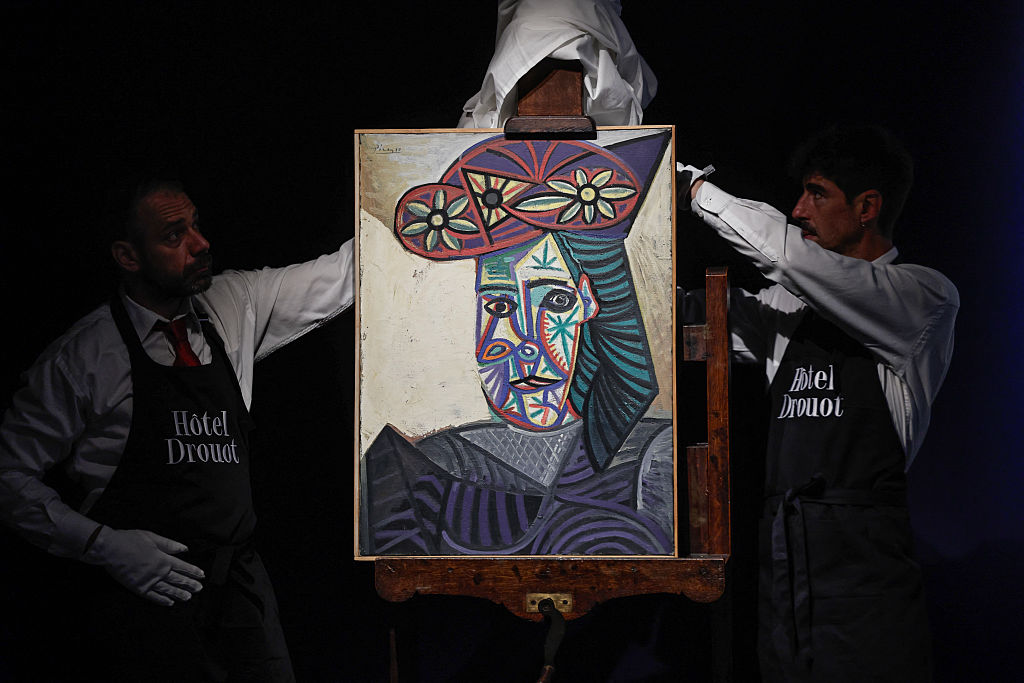
Picasso Portrait of Dora Maar Sells for $37M, Quadruple the Estimate
Pablo Picasso painted photographer Dora Maar many times during the course of their seven-year relationship. One of these paintings, 1943’s Bust of a Woman with a Flowered Hat (Dora Maar), was shown to the public for the first time…
Continue Reading
-
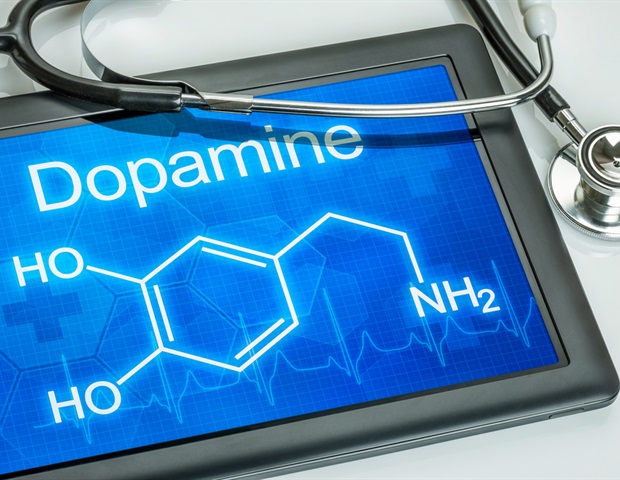
Precursor of dopamine increases willingness to wait for larger delayed rewards
A research team from the University of Cologne conducted one of the most comprehensive studies on dopamine and decision-making in humans so far, providing evidence for effects of the former on the latter. Dopamine is a…
Continue Reading
